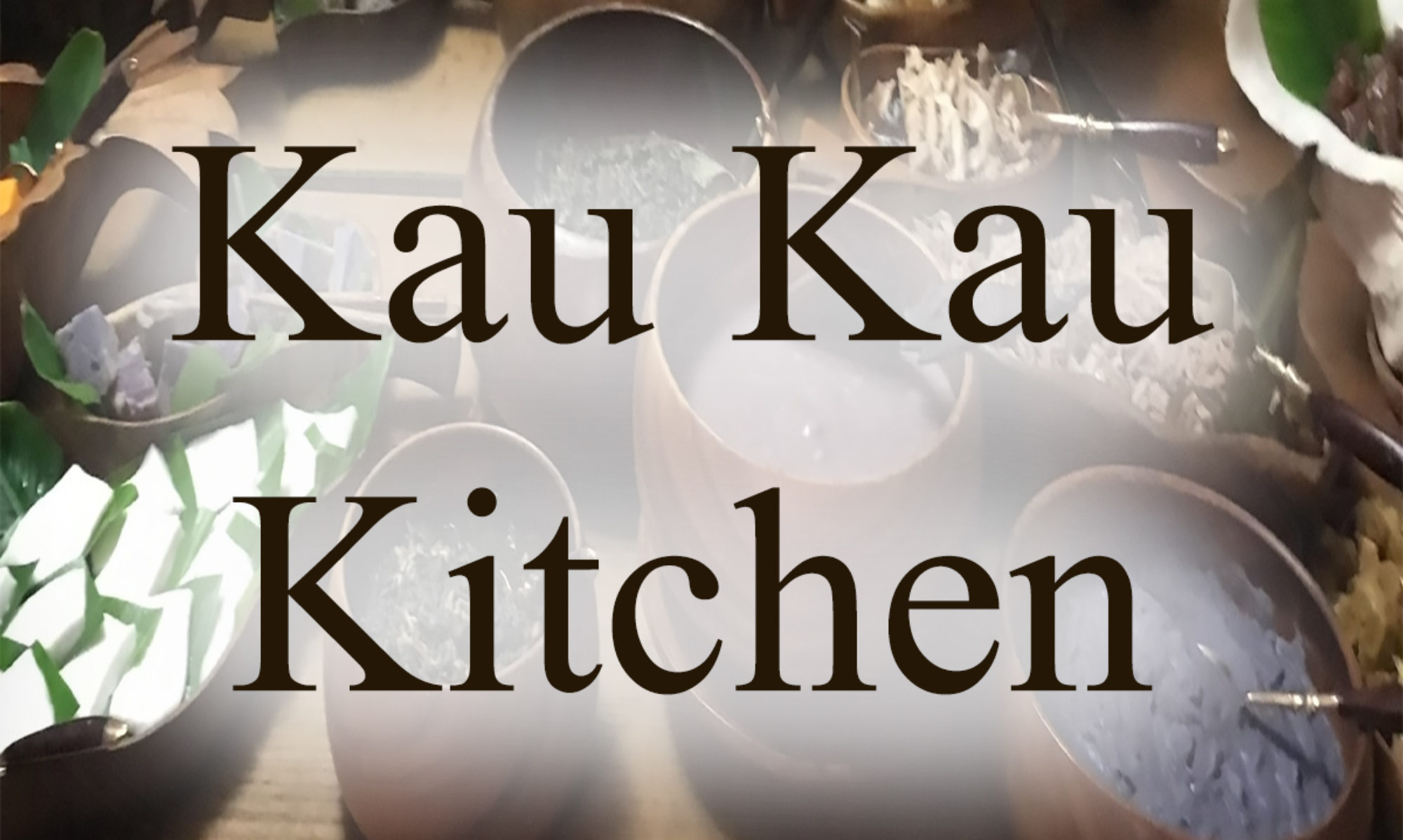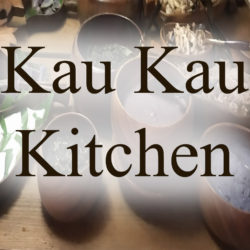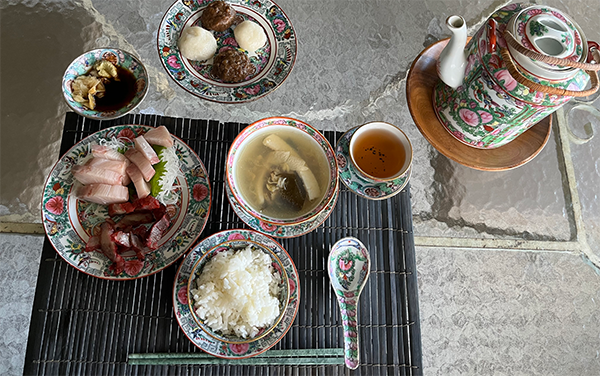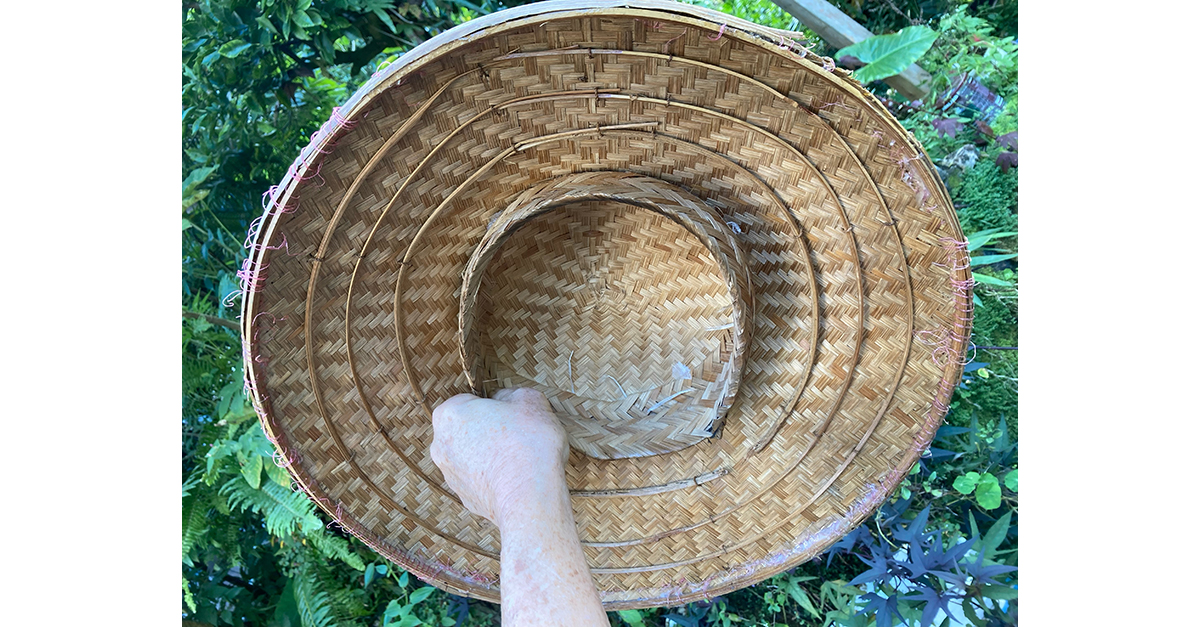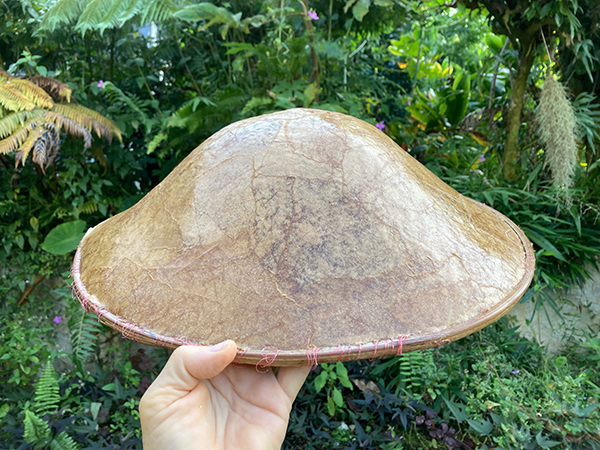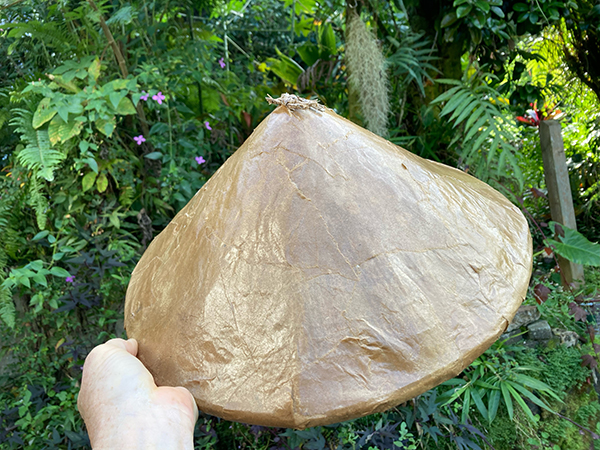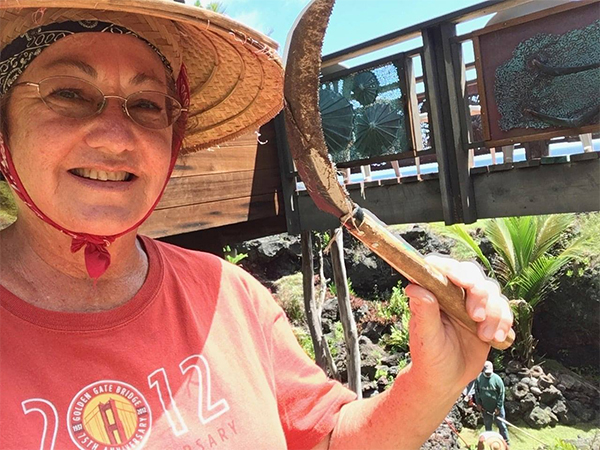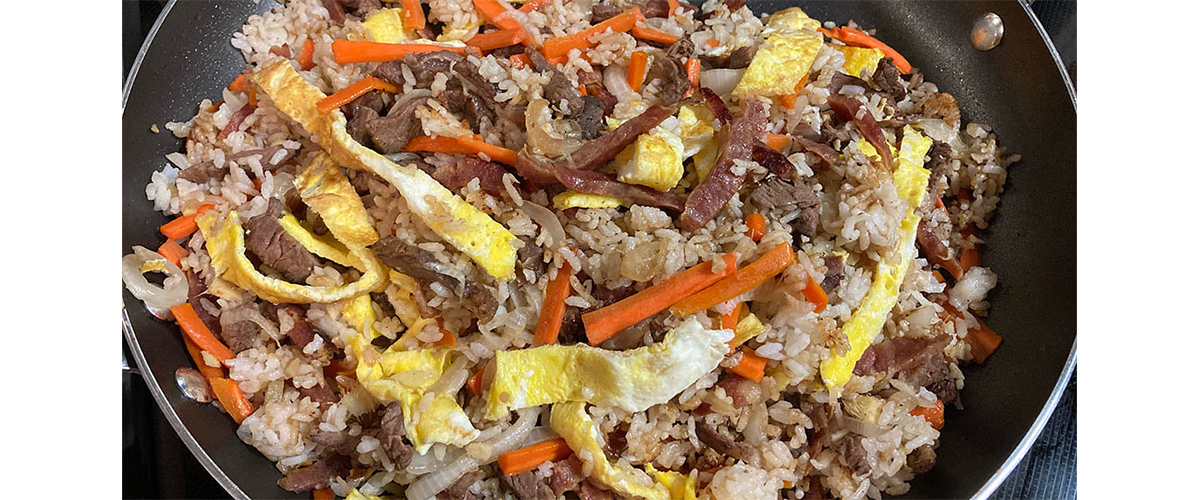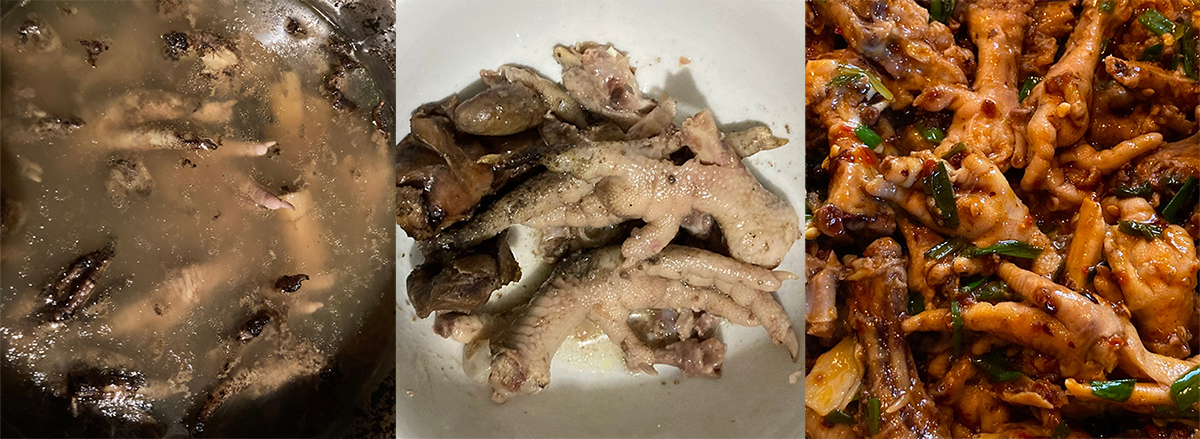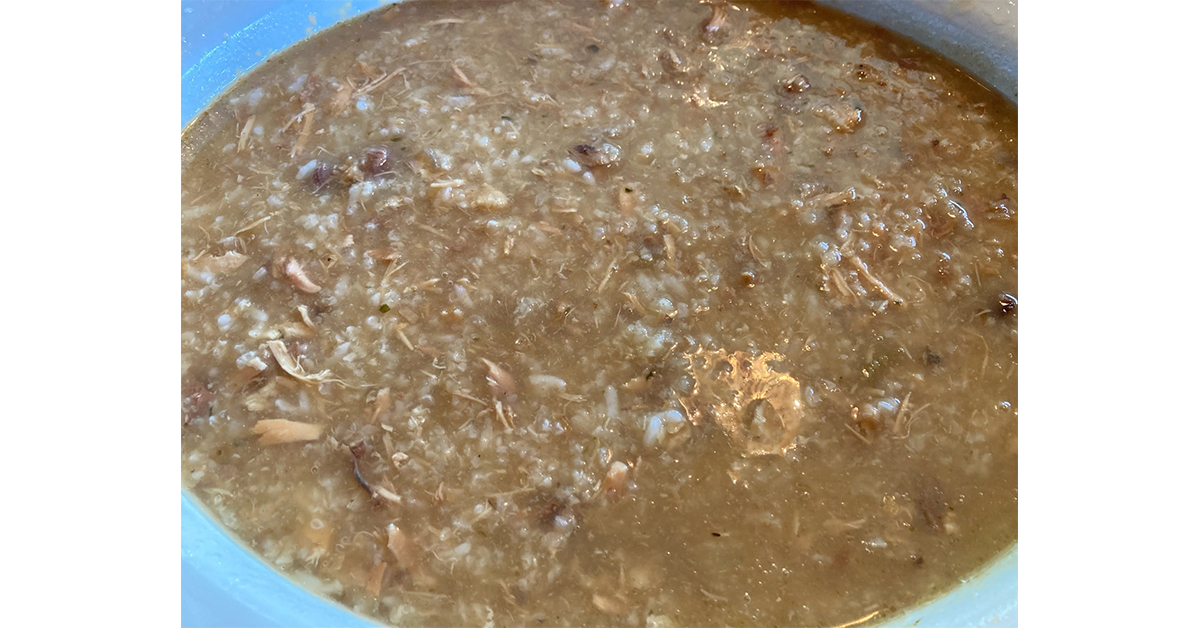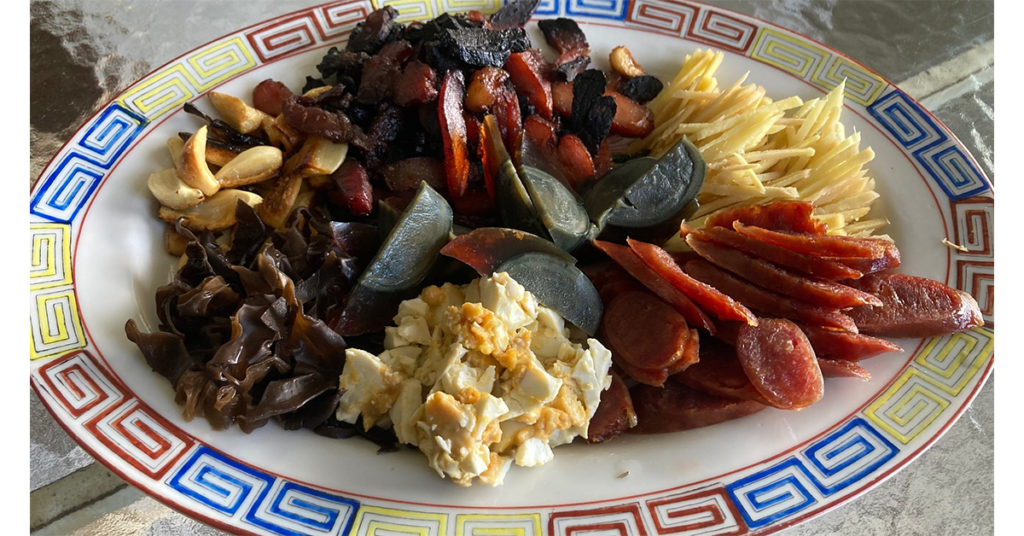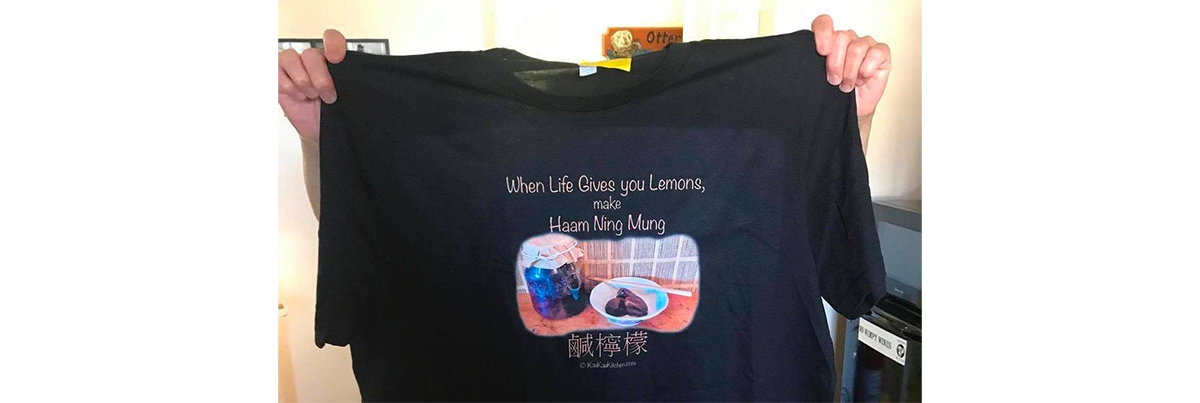Years ago, when I was a young mom, I used to save all the “good” stuff for a “special occasion.” Sadly, things were rarely special enough. Maybe Christmas, a birthday or two. And then when I went to get out the special thing, whether it be a special cake mix mailed by a friend, or a special dress, it would be damaged and no longer useable.
The worst was when I moved from Hilo to Mountain View. I carefully packed hundreds of rare dolls my family had collected for generations. Same for crystal glassware, silver plate flatware, and embroidered linens. I trucked them up to the new house, and carefully put them in the basement to store for when the new house should be finished. I had decided that the housewarming would be “special” enough to get everything back out.
Years went by. We met with delay after delay. I got pregnant and added a little girl to our family of three. Finally one Christmas I decided that the house was finished enough that we could decorate and have a “special” Christmas. I lugged the boxes to the new house.
Every single one had been chewed through by rats. Almost all of the dolls were destroyed. The crystal glassware suffered much breakage as the rats has chewed up the packing, causing it to shift and the glassware to fall within the boxes, the long stems of the wine glasses shattering the fragile bowls of their neighbors. The silver was lifted off the plated flatware, destroyed by rat urine. The linens were chewed into rat nests.
I cried as I threw away what had been thousands of dollars worth of collectable things, and four generations of family history. My mother never let me forget it.
I salvaged what I could of the porcelain dolls, made them new bodies and clothing, and gave them to my toddler to play with.
Many people who saw her playing with the dolls remarked on how I should save them “for special occasions.” If the experience taught me anything, it is that every moment we are with those we love, it is a special occasion. I would rather every porcelain doll was damaged by being “loved to death,” than that they be nesting material for the rats.
And so, for Chinese New Year, I give myself a breakfast of leftovers on my Nana’s antique Rose Canton dishes. Many of the original set have broken over the years, so I haunt antique shops and e-bay to find replacement pieces. Thus, the set has pieces that range from the mid-19th century to the mid-20th century. Not long from now, the oldest pieces will have seen 200 years of use!
Of course I am careful how I use them. Food should never come into contact with the bright white lead-enhanced glazes. And there probably are other glazes that are deadly, as well. In those pieces, I set a doily and individually wrapped foods.
Last night, my husband asked if I was sure I wanted to use the pieces, as they might be broken. Yes. I do want to use them. If I cannot enjoy and share their beauty, I would rather pass them on to someone who can.
So, as I wash and put them away for future special occasions – those times that we share with those we cherish – I will be thinking of the next post – some yummy Chinese foods. After all, this is a cooking blog!
Gung hee fat choy! May the Year of the Rabbit bring you blessings and joy!
